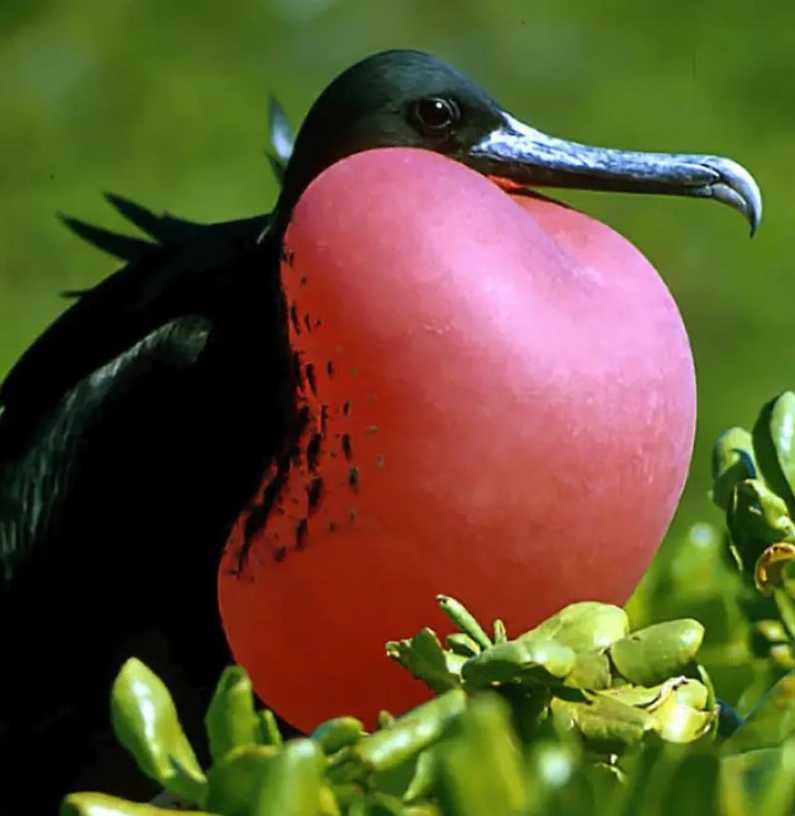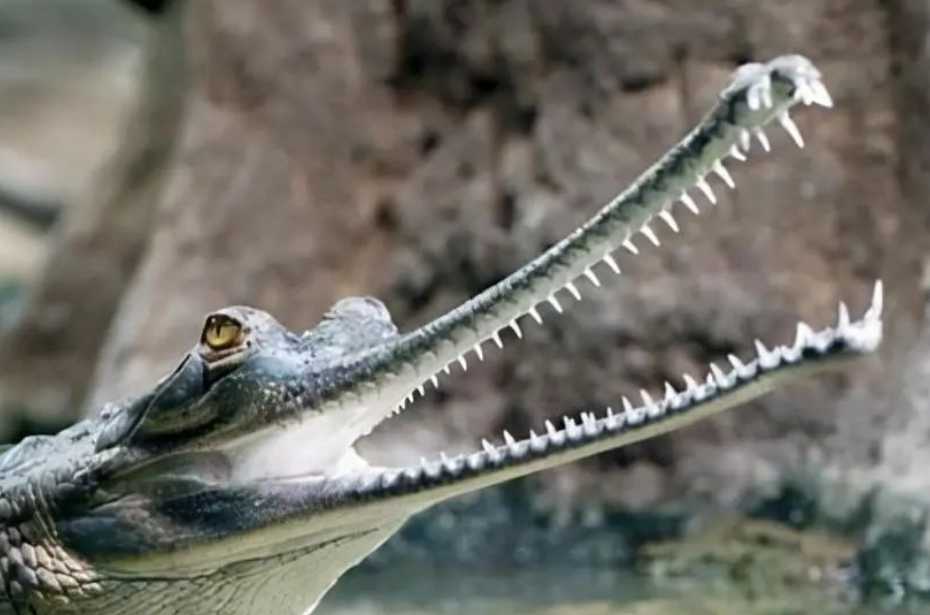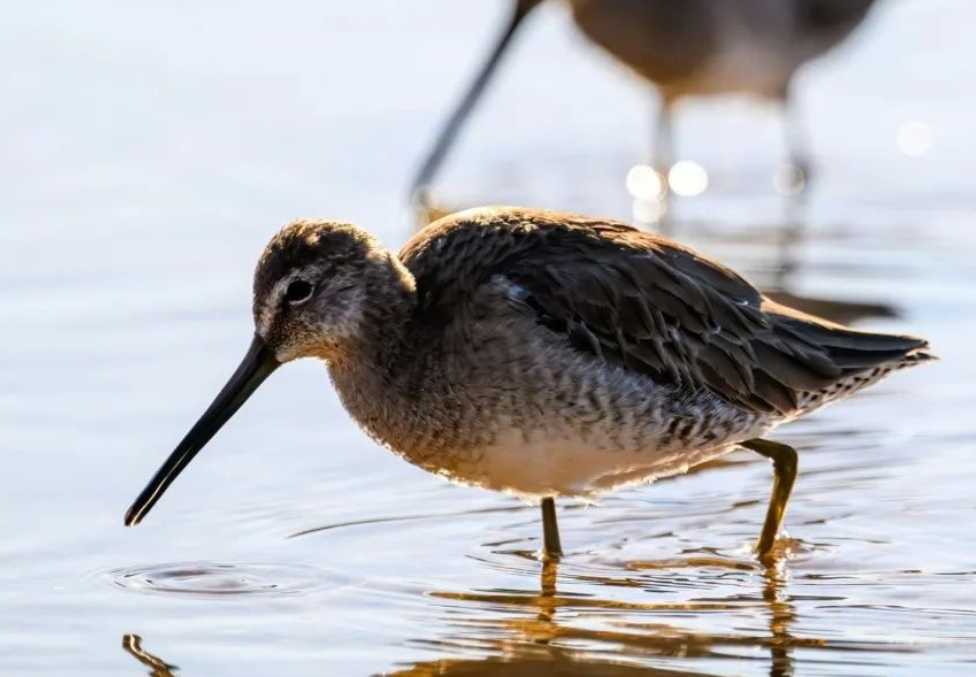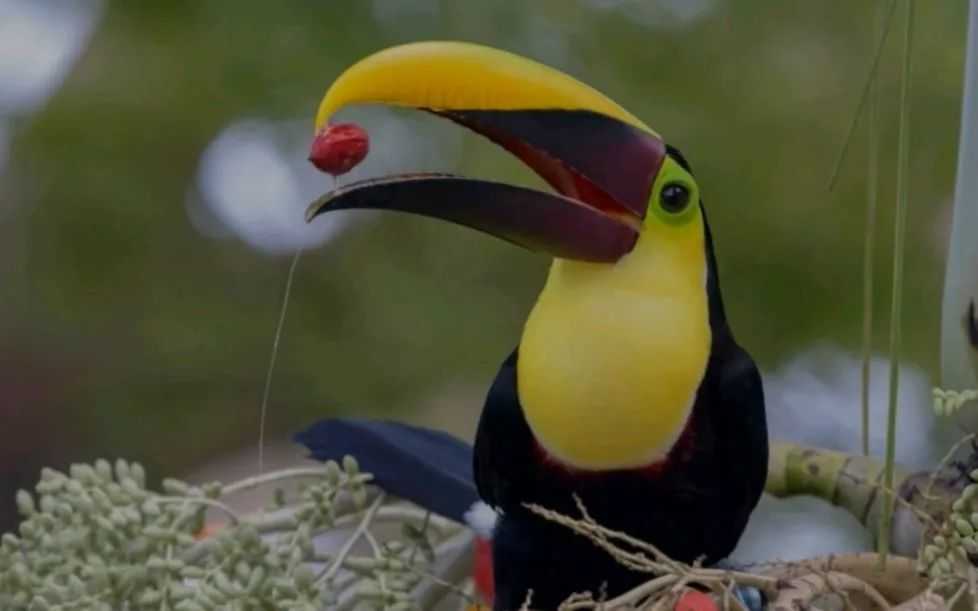Fregata magnificens: The Regal Magnificent Frigatebird of Tropical OceansFregata magnificens, commonly known as the magnificent frigatebird, is a towering seabird that commands the skies over tropical marine ecosystems. With its imposing size and aerial prowess, this species is a symbol of the open ocean’s grandeur, thriving in the warm waters and island-dotted landscapes of the tropics.
June 3, 2025, 5:09 pm EDT










